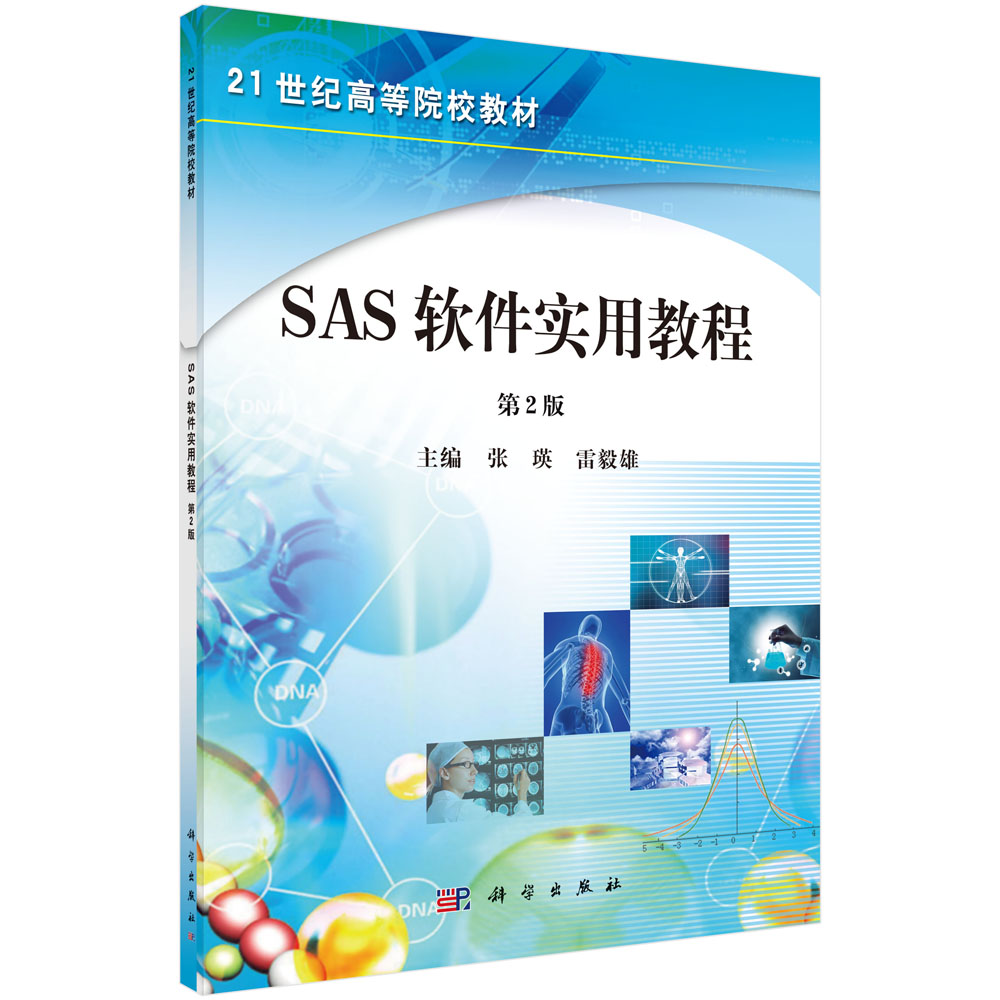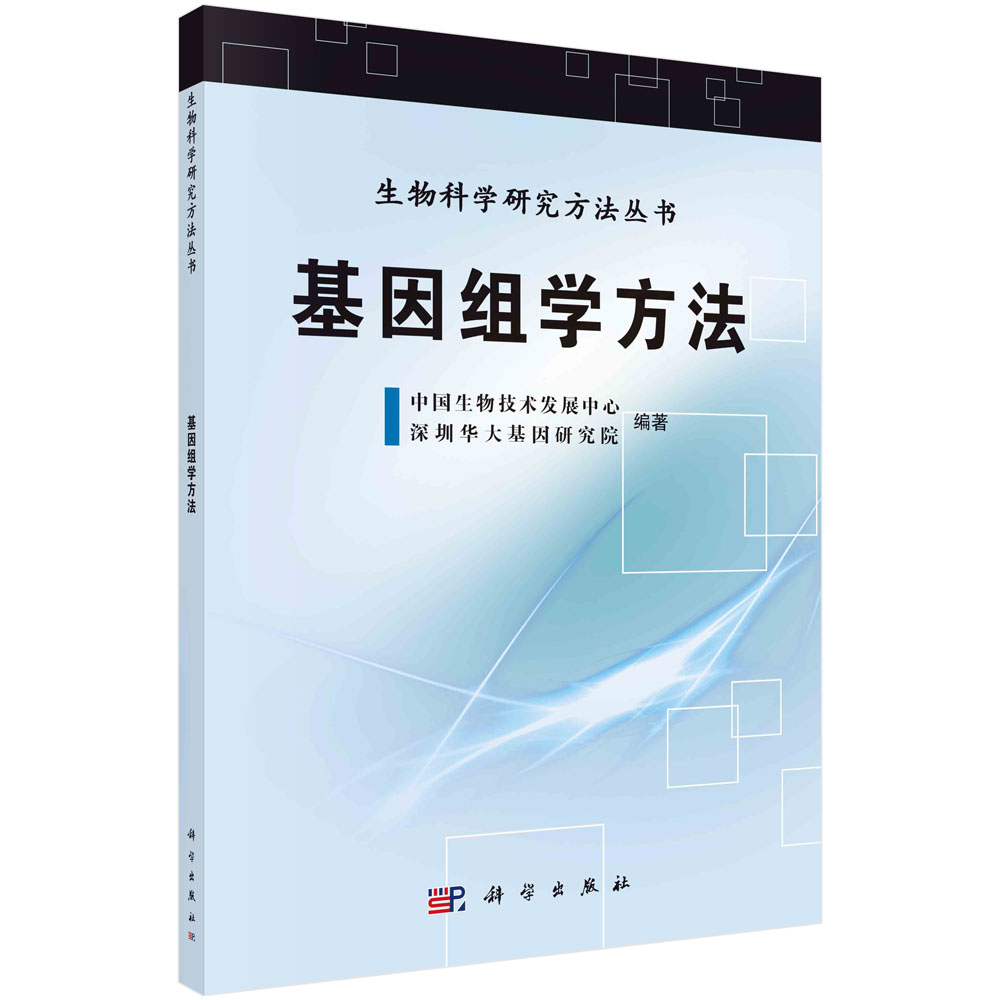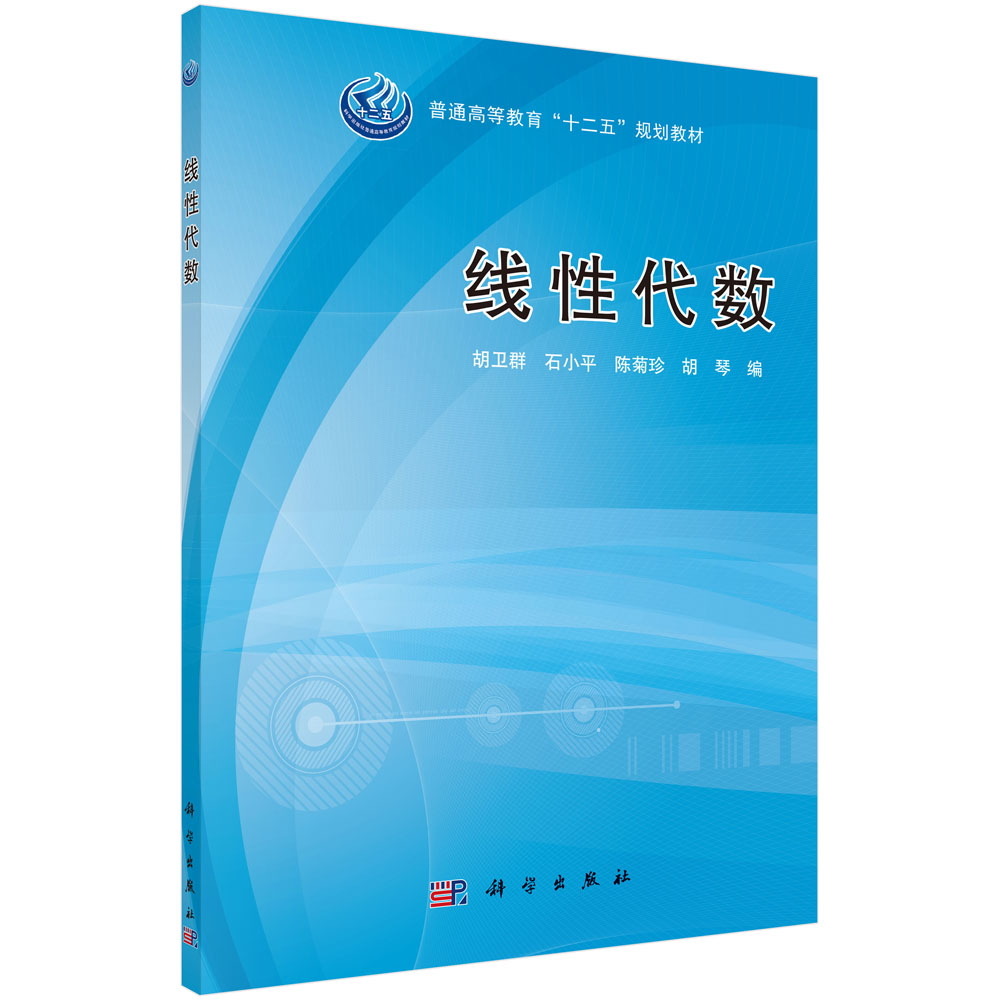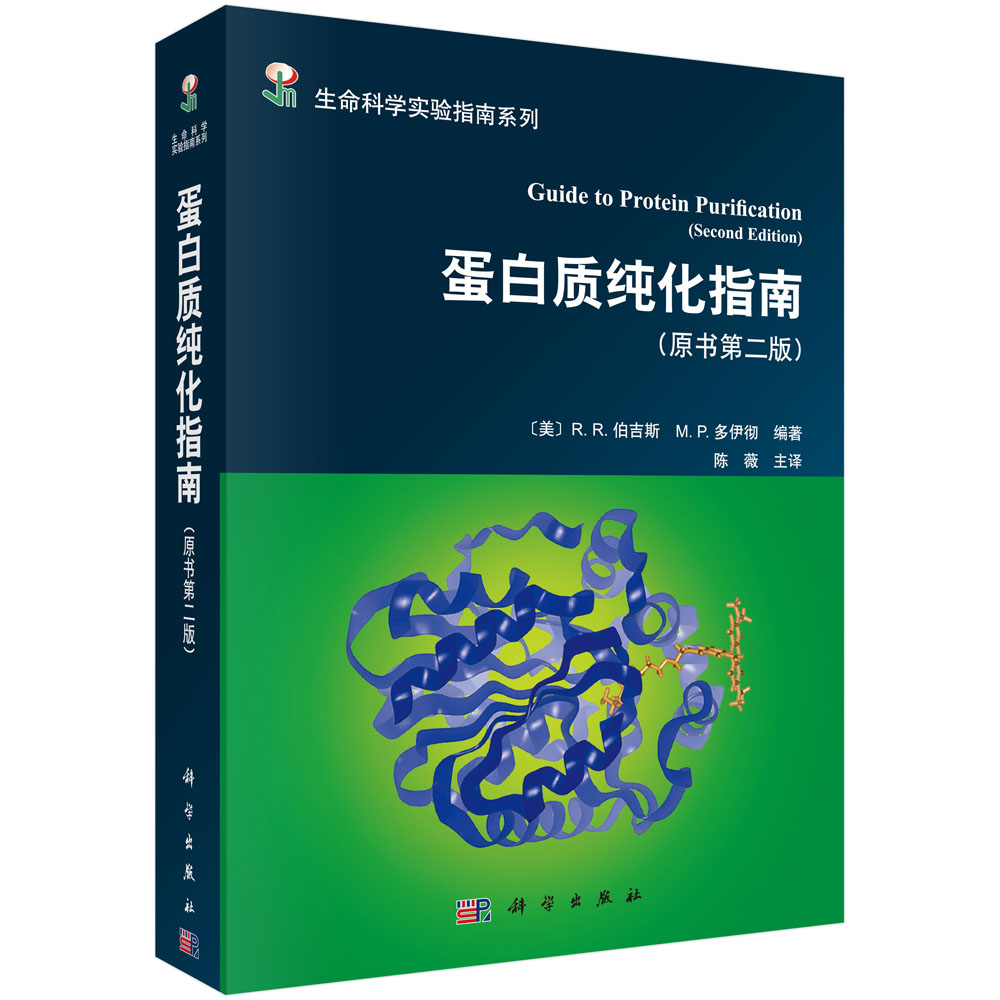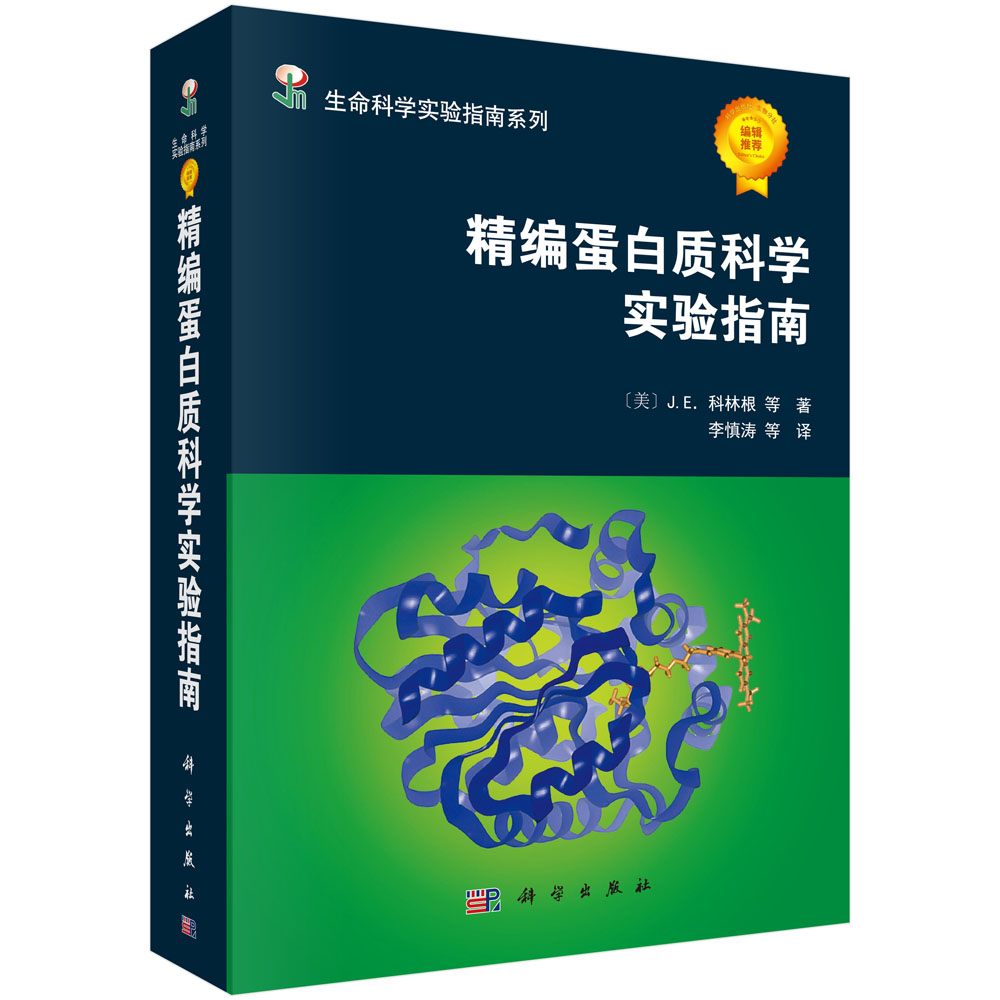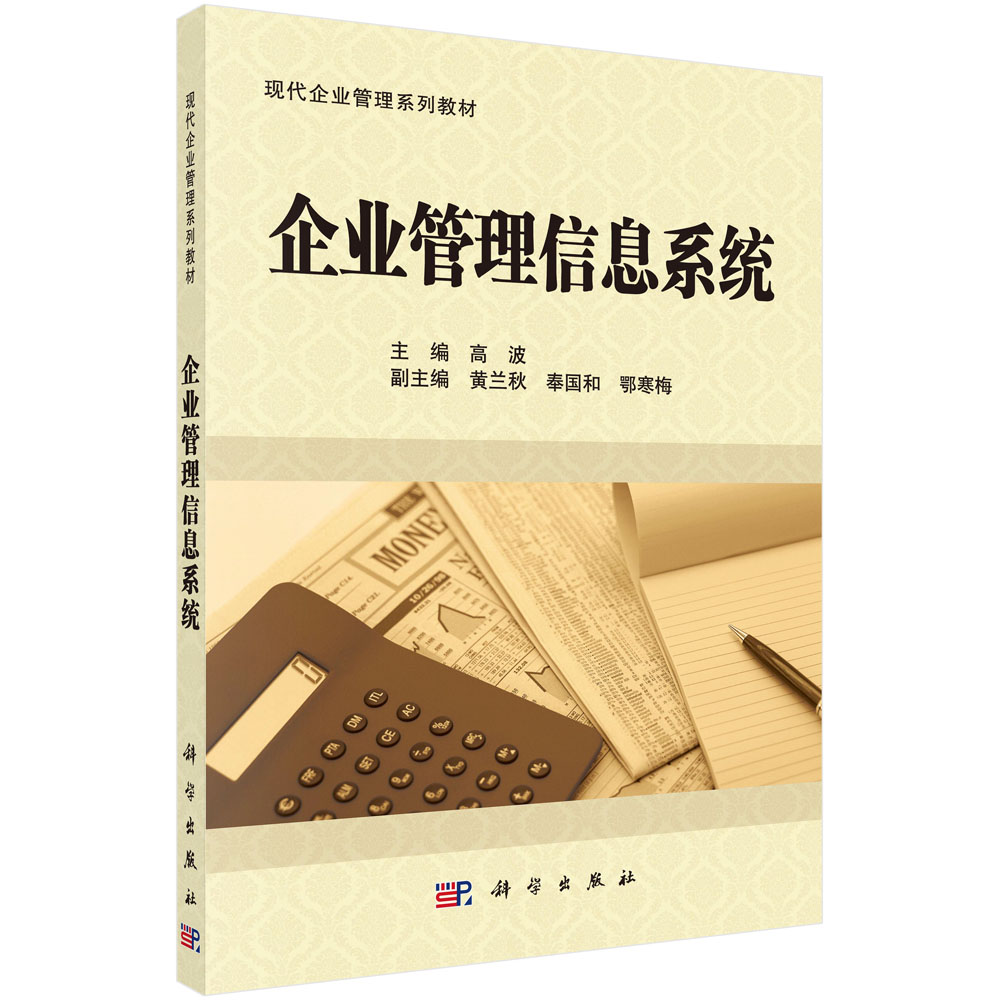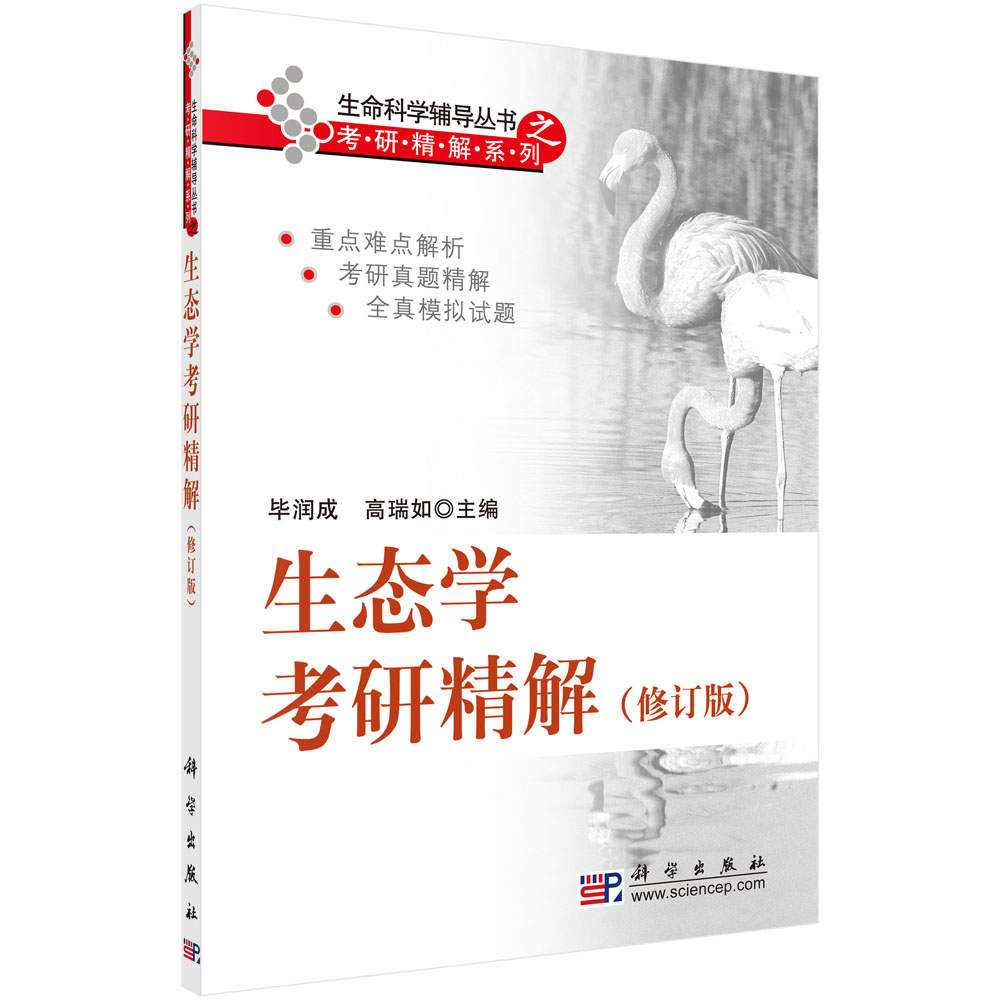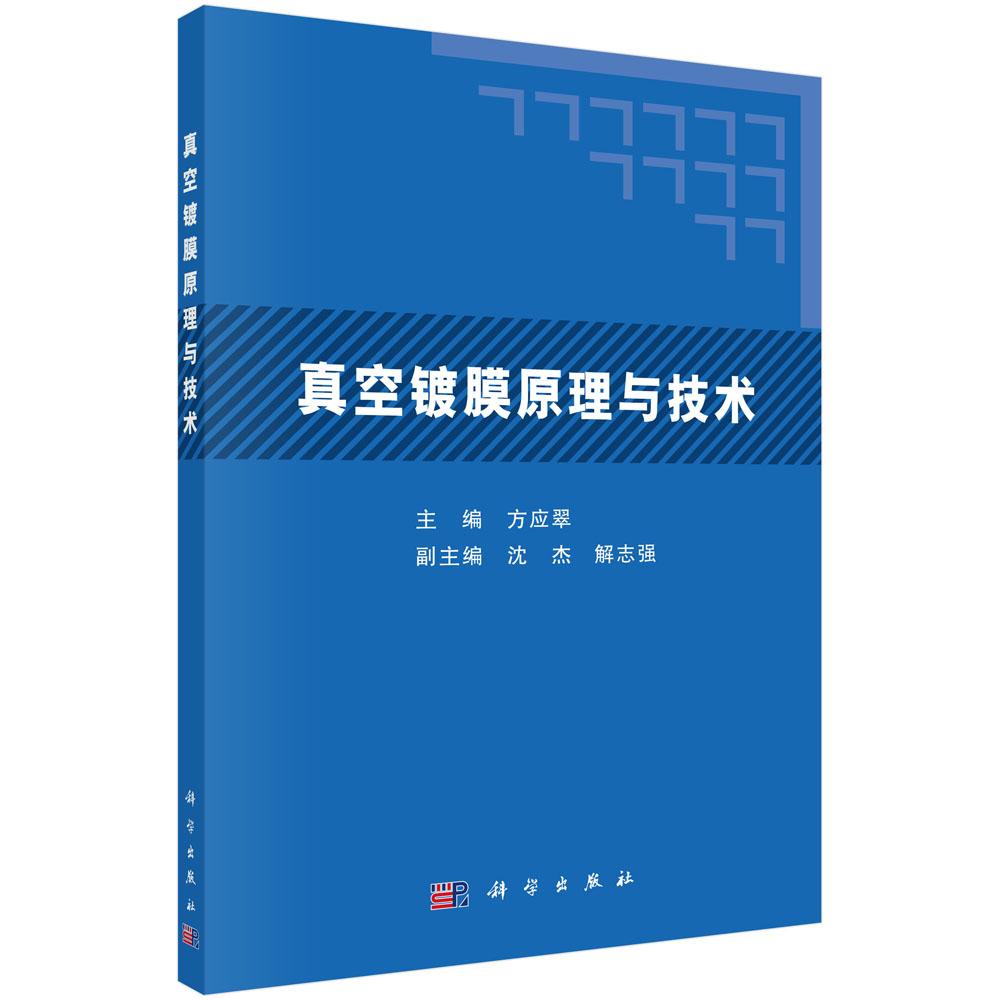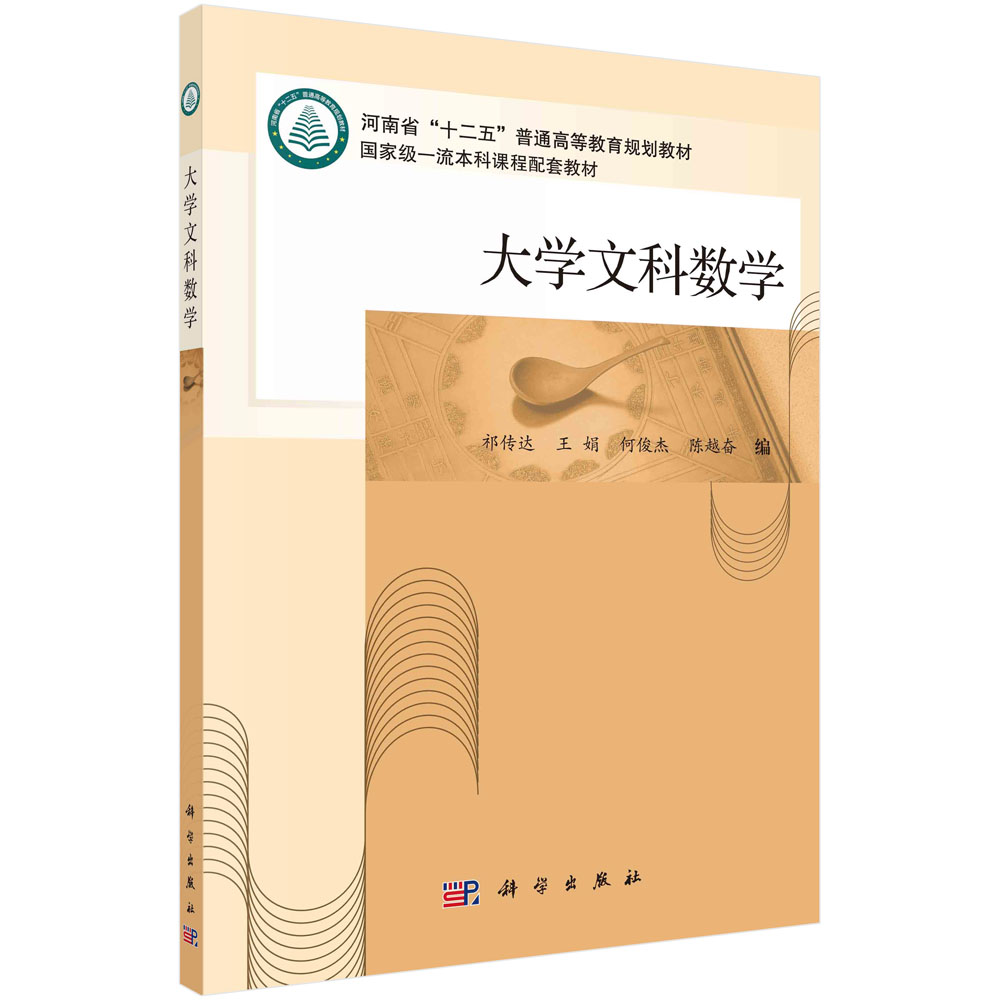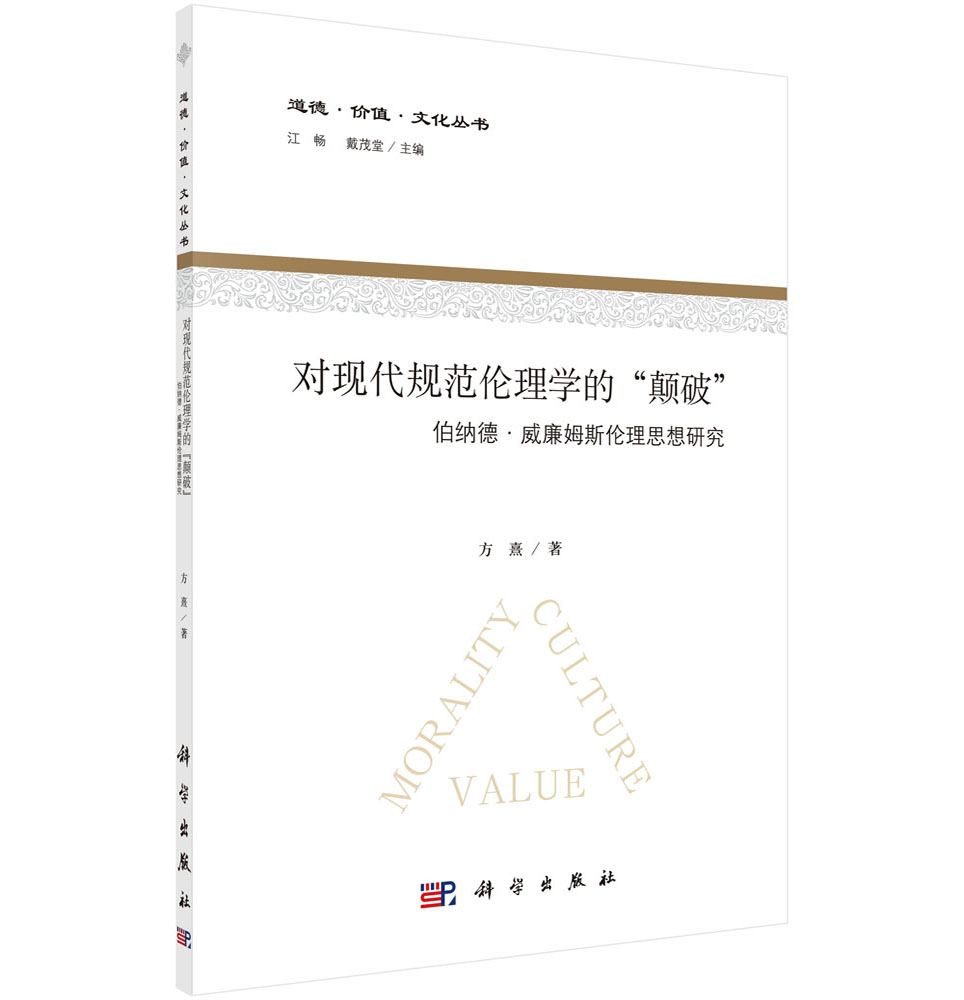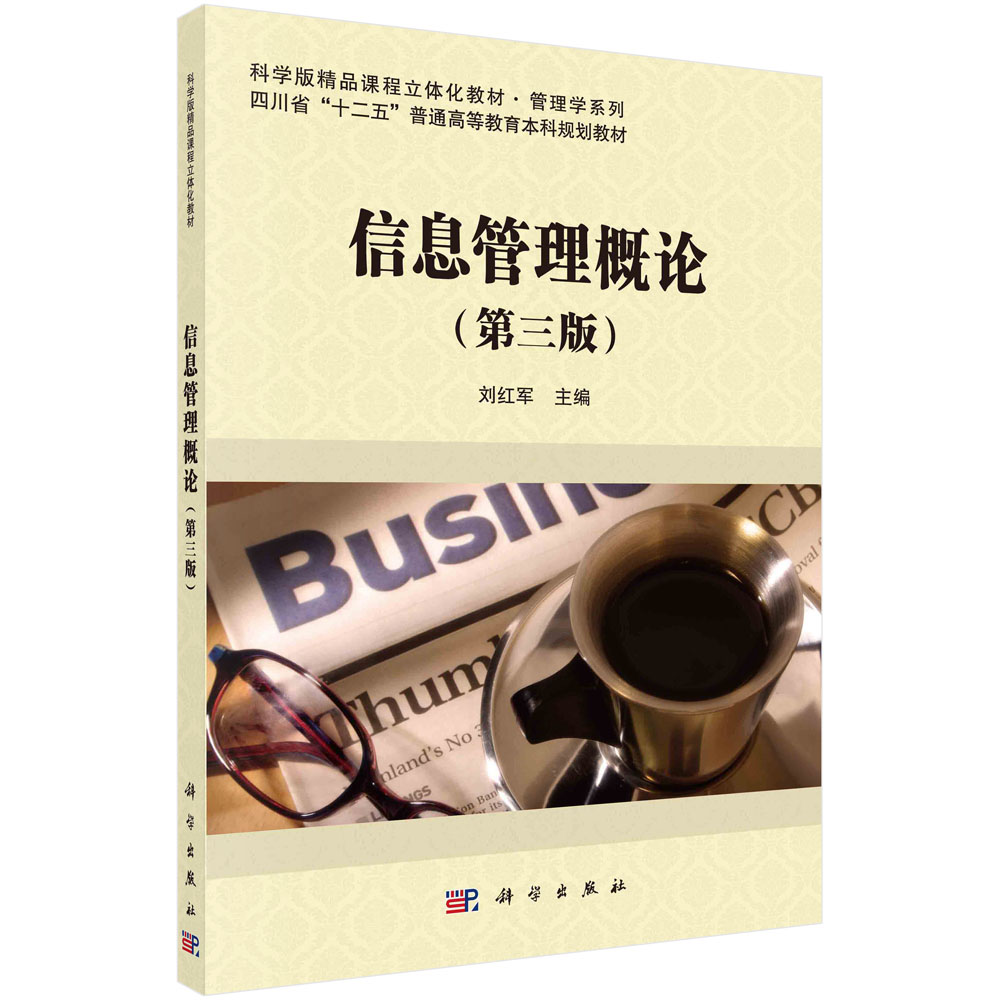本书系统论述混凝土损伤力学的基本理论与最新研究成果,内容包括:应力-应变分析,弹塑性力学基础,损伤力学基本原理,混凝土确定性损伤本构关系,混凝土随机损伤本构关系,混凝土动力损伤本构关系,混凝土本构关系的数值算法,混凝土框架结构分析,混凝土剪力墙结构分析,混凝土实体结构分析,混凝土结构随机非线性分析。
样章试读
目录
- 目录
前言
第1章 绪论 1
1.1 混凝土受力力学行为的一般特征 1
1.1.1 单轴受拉特征 2
1.1.2 单轴受压特征 3
1.1.3 双轴受力特征 6
1.2 经典力学对混凝土力学行为的反映 9
1.3 混凝土损伤力学的发展 12
1.4 本书基本观点与内容 15
1.4.1 本书基本观点 15
1.4.2 本书基本内容 17
第2章 应力-应变分析 20
2.1 应力与应变的基本概念 20
2.2 应力张量及其不变量 21
2.2.1 应力张量 21
2.2.2 主应力 22
2.2.3 应力张量的不变量 24
2.3 应变张量及其不变量 27
2.3.1 应变张量 27
2.3.2 应变张量的不变量 27
2.4 应力应变分析基本方程 28
第3章 弹塑性力学基础 31
3.1 弹性本构关系 31
3.1.1 线弹性本构关系 31
3.1.2 非线性弹性本构关系 32
3.2 弹塑性本构关系 33
3.2.1 屈服条件 34
3.2.2 硬化法则 35
3.2.3 流动法则与加/卸载准则 36
3.2.4 弹塑性增量本构模型 37
3.2.5 塑性势函数 39
第4章 损伤力学基本原理 41
4.1 损伤力学基本概念 41
4.2 热力学基本原理 43
4.2.1 热力学第一定律 44
4.2.2 热力学第二定律 45
4.2.3 等温纯力学过程 46
4.3 弹性损伤模型基本方程 48
4.3.1 基本方程 48
4.3.2 单标量弹性损伤模型 49
4.4 单标量弹塑性损伤本构模型 50
4.4.1 弹塑性自由能 50
4.4.2 弹塑性损伤本构模型 52
4.4.3 内变量演化法则 52
4.4.4 建立弹塑性损伤本构关系模型的一般步骤 55
4.4.5 评注 56
第5章 混凝土确定性损伤本构关系 57
5.1 混凝土材料的受力损伤机制 57
5.2 混凝土弹性损伤本构关系 58
5.2.1 应力张量分解 58
5.2.2 Helmholtz自由能 60
5.2.3 双标量损伤本构关系 62
5.2.4 本构关系的全量表达 63
5.2.5 讨论与注记 66
5.3 混凝土弹塑性损伤本构关系 66
5.3.1 弹塑性Helmholtz自由能 67
5.3.2 弹塑性损伤模型 69
5.3.3 塑性变形的确立 71
5.3.4 损伤演化法则 75
5.3.5 切向刚度张量 83
第6章 混凝土随机损伤本构关系 85
6.1 细观损伤机制分析 85
6.1.1 典型细观单元损伤分析 85
6.1.2 垂直裂缝方向的正应力作用 87
6.1.3 裂缝正交坐标系内的剪应力作用 88
6.1.4 平行于裂缝方向的正应力作用 89
6.1.5 损伤机制再讨论 90
6.2 细观随机断裂模型 90
6.2.1 细观受拉随机损伤模型 90
6.2.2 随机损伤变量的均值与标准差 95
6.2.3 细观受剪随机损伤模型 98
6.2.4 一维随机损伤本构关系 99
6.2.5 单向受力状态下细观塑性变形的考虑 102
6.3 细观损伤的实验建模 103
6.3.1 利用声发射能率应变关系的建模 103
6.3.2 直接利用实验平均应力应变关系的建模 107
6.4 混凝土弹塑性随机损伤本构关系 110
6.4.1 有效应力分解与Helmholtz自由能 110
6.4.2 损伤本构关系 111
6.4.3 损伤演化法则 113
6.4.4 经验塑性变形 117
6.4.5 随机损伤本构关系的均值与方差 118
第7章 混凝土动力损伤本构关系 121
7.1 基于经验的黏性动力损伤模型 121
7.1.1 研究发展概况 121
7.1.2 塑性力学中的率相关效应模型 122
7.1.3 黏弹塑性动力损伤模型 123
7.2 基于随机Stefan效应的动力损伤模型 125
7.2.1 Stefan效应 125
7.2.2 应变迟滞因子 129
7.2.3 基于随机Stefan效应的随机动力损伤模型 131
7.3 基于多裂纹扩展的动力损伤模型 133
7.3.1 高应变率条件下的裂纹扩展特征 133
7.3.2 高应变率条件下的动力损伤机理 134
7.3.3 多裂纹同时扩展的断裂动力学 138
7.3.4 动力损伤模型 141
第8章 混凝土本构关系的数值算法 143
8.1 基本概念 143
8.1.1 一维弹塑性损伤本构关系基本方程 143
8.1.2 微分方程的数值算法 145
8.1.3 基于向后欧拉方法的塑性变形求解算法 146
8.1.4 注记 150 8.2 弹塑性损伤本构模型数值算法 150
8.2.1 算子分离算法 150
8.2.2 有效应力更新——最近点投影算法 152
8.2.3 谱分解方法 156
8.2.4 数值一致性切线刚度 157
8.2.5 算法流程 159
8.2.6 与通用非线性有限元分析程序的接口 161
第9章 混凝土框架结构分析 164
9.1 梁柱构件正截面N-M-*关系分析 164
9.1.1 条带法 164
9.1.2 网格法 168
9.1.3 增量Dn-dM-d*关系 170
9.2 梁一柱单元分析 171
9.2.1 纤维梁单元增量刚度矩阵 171
9.2.2 刚域的考虑 175
9.2.3 注记:混凝土梁柱单元分析模型的发展 176
9.3 有限单元柔度法 177
9.3.1 基本思想 177
9.3.2 单元状态确定 180
第10章 混凝土剪力墙结构分析 182
10.1 平面应力单元 182
10.2 四节点平板壳单元 185
10.3 精细化平板壳单元 189
10.3.1 考虑节点旋转自由度的膜单元 189
10.3.2 八节点Reissner-Mindlin板单元 192
10.3.3 平板壳单元 195
10.4 钢筋混凝土分层平板壳单元 196
10.4.1 分层平板壳单元的刚度构成 196
10.4.2 损伤演化法则的修正 198
10.4.3 结构非线性分析流程 200
第11章 混凝土实体结构分析 202
11.1 一般结构初边值问题的有限元方法 202
11.1.1 初边值问题的微分方程 202
11.1.2 初边值问题的弱形式 203
11.1.3 初边值问题的有限元控制方程 204
11.2 结构有限元分析的数值实现 206
11.2.1 数值积分方法 207
11.2.2 非线性方程组的求解 207
11.2.3 负刚度问题及其处理 210
11.2.4 结构有限元分析的基本步骤 212
11.3 混凝土结构分析的应变局部化问题 213
11.3.1 软化材料的应变局部化 213
11.3.2 材料应变局部化对初边值问题的影响 214
11.3.3 数值分析结果病态 215
11.4 混凝土材料非局部本构关系 218
11.4.1 非局部材料本构关系的物理机制 218
11.4.2 非局部材料本构模型的基本概念 220
11.4.3 混凝土积分型非局部损伤模型 223
11.4.4 混凝土隐式梯度非局部损伤模型 226
11.4.5 相关评述 228
第12章 混凝土结构随机非线性分析 230
12.1 随机性在物理系统中的传播 230
12.1.1 概率守恒原理 230
12.1.2 概率守恒原理的随机事件描述 231
12.1.3 广义概率密度演化方程 232
12.1.4 广义概率密度演化方程的解析解 234
12.2 混凝土结构静力非线性随机反应分析 235
12.2.1 结构反应的概率密度演化方程 235
12.2.2 概率密度演化方程的数值求解步骤 237
12.2.3 概率空间剖分 238
12.2.4 有限差分法 238
12.2.5 注记 241
12.3 混凝土结构动力非线性随机反应分析 242
12.3.1 动力方程与广义概率密度演化方程 242
12.3.2 结构动力分析 244
12.3.3 差分格式的选取 246
12.3.4 地震反应分析实例 249
参考文献 252
附录A 张量初步 281
A.1 笛卡儿张量 281
A.2 张量的运算和性质 283
A.3 张量分析初步 286
A.4 张量的矩阵表示 288
A.4.1 动力学Voigt表示 288
A.4.2 运动学Voigt表示 288
附录B 混凝土细观断裂应变随机场数值模拟 291
B.1 Karhunen-Loeve分解方法 291
B.2 随机谐和函数方法 293
附录C 多维随机变量空间的剖分与选点 295
C.1 切球选点法 295 C.1.1 两个随机变量时的切圆选点方法 295
C.1.2 三个随机变量时的切球选点方法 299
C.2 数论选点法 302
C.2.1 高维数值积分的数论方法 302
C.2.2 多维随机变量空间的数论选点法 303
C.3 一般概率分布的处理 307
C.3.1 基本随机变量的标准化 307
C.3.2 超球体筛选的推广 307
索引 309 Contents Preface
Chapter 1 Introduction 1
1.1 General mechanical behavior of concrete 1
1.1.1 Uniaxial tensile behavior 2
1.1.2 Uniaxial compressive behavior 3
1.1.3 Biaxial behaviors 6
1.2 Classical mechanical models of concrete 9
1.3 Historical development of concrete damage mechanics 12
1.4 Fundamental viewpoints and contents of this book 15
1.4.1 Fundamental viewpoints 15
1.4.2 Contents 17
Chapter 2 Analyses of stress and strain 20
2.1 Concepts of stress and strain 20
2.2 Stress tensor and its invariants 21
2.2.1 Stress tensor 21
2.2.2 Principal stresses 22
2.2.3 Invariants of stress tensors 24
2.3 Strain tensor and its invariants 27
2.3.1 Strain tensor 27
2.3.2 Invariants of strain tensor 27
2.4 Fundamental equations of stress and strain analyses 28
Chapter 3 Fundaments of elastoplaticity mechanics 31
3.1 Elastic constitutive relations 31
3.1.1 Linear elastic model 31
3.1.2 Nonlinear elastic model 32
3.2 Elastoplastic model 33
3.2.1 Yield criteria 34
3.2.2 Hardening law 35
3.2.3 Flow rule and loading/unloading conditions 36
3.2.4 Incremental elastoplastic constitutive relations 37
3.2.5 Plastic yield function 39
Chapter 4Principles of damage mechanics 41
4.1 Fundamental concepts of damage mechanics 41
4.2 Principles of thermodynamics 43
4.2.1 First law of thermodynamics 44
4.2.2 Second law of thermodynamics 45
4.2.3 Isothermal process 46
4.3 Eastic damage model 48
4.3.1 Fundamental equations 48
4.3.2 Elastic damage model with a single scalar damage variable 49
4.4 Elastoplastic damage model with a single scalar damage variable 50
4.4.1 Free energy potentials 50
4.4.2 Constitutive relations 52
4.4.3 Evolution laws of internal variables 52
4.4.4 General procedure to develop a plastic-damage model 55
4.4.5 Remarks 56
Chapter 5 Deterministic damage model of concrete 57
5.1 Damage mechanisms of concrete 57
5.2 Elastic damage model of concrete 58
5.2.1 Split of stress tensor 58
5.2.2 Helmholtz free energy potential 60
5.2.3 Damage model with two scalar damage variables 62
5.2.4 Constitutive relations in total form 63
5.2.5 Discussions and remarks 66
5.3 Elastoplastic damage model of concrete 66
5.3.1 Helmholtz free energy potential 67
5.3.2 Elastoplastic damage model 69
5.3.3 Determination of plastic strains 71
5.3.4 Damage evolution law 75
5.3.5 Continuum tangent stiffness tensor 83
Chapter 6 Stochastic damage model of concrete 85
6.1 Mesoscale damage mechanisms 85
6.1.1 Mesoscale analysis of a representative element 85
6.1.2 Mode-I crack under normal extension 87
6.1.3 Mode-II crack under in-plane shear 88
6.1.4 Mode-I crack under tangential extension 89
6.1.5 Reconsideration of damage mechanisms 90
6.2 Mesoscopic stochastic fracture model 90
6.2.1 Stochastic damage model under tension 90
6.2.2 Mean value and standard deviation of random damage variable 95
6.2.3 Stochastic damage model under shear 98
6.2.4 Uniaxial stochastic damage model 99
6.2.5 Uniaxial plastic strains 102
6.3 Experimental modeling of mesoscopic damage 103
6.3.1 Modeling based on acoustic emission tests 103
6.3.2 Modeling based on averaged stress-strain curves 107
6.4 Stochastic elastoplastic damage model of concrete 110
6.4.1 Splits of effective stress and Helmholtz free energy potential 110
6.4.2 Damage constitutive relations 111
6.4.3 Damage evolution law 113
6.4.4 Heuristic modeling of plastic strains 117
6.4.5 Mean value and standard deviation 118
Chapter 7 Dynamic damage model of concrete 121
7.1 Heuristic viscodamage model 121
7.1.1 Literature review 121
7.1.2 Rate-dependent plastic model 122
7.1.3 Viscoplastic dynamic damage model 123
7.2 Models based on stochastic Stefan effect 125
7.2.1 Stefan effect 125
7.2.2 Strain lag factor 129
7.2.3 Dynamic damage model 131
7.3 Dynamic damage model based on multicrack propgation 133
7.3.1 Crack patterns under high strain rate 133
7.3.2 Dynamic damage mechanisms under high strain rate 134
7.3.3 Fracture dynamics of multicrack propagation 138
7.3.4 Dynamic damage model 141
Chapter 8 Numerical implementation of constitutive models 143
8.1 Fundamental concepts 143
8.1.1 Elastoplastic damage model in 1-D 143
8.1.2 Numerical algorithm for solving differential equations 145
8.1.3 Numerical algorithm based on backward Euler method 146
8.1.4 Remarks 150
8.2 Numerical algorithm for elasoplastic damage model 150
8.2.1 0perator split method 150
8.2.2 Closest point projection method for effective stress updating 152
8.2.3 Spectral decomposition method 156
8.2.4 Algorithmic consistent tangent moduli 157
8.2.5 Flow chart of the numerical implementation 159
8.2.6 Interface to general nonlinear finite element program 161
Chapter 9 Nonlinear analysis of reinforced concrete frame structure 164
.1 Analysis of cross-section behavior 164
9.1.1 Strip method 164
9.1.2 Fiber method 168
9.1.3 Incremental cross-section behavior 170
9.2 Beam-column element 171
9.2.1 Incremental stiffness matrix of fiber element 171
9.2.2 Rigid domain 175
9.2.3 Historic development of RC beam-column elements: a review 176
9.3 Forced-based element 177
9.3.1 Fundamental equations 177
9.3.2 State determination of force-based elements 180
Chapter 10 Nonlinear analysis of reinforced concrete shearwall structures 182
10.1 Plane stress element 182
10.2 4-noded plane shell element 185
10.3 Refined plane shell element 189
10.3.1 Membrane element with nodal rotation 189
10.3.2 8-noded Reinssner-Mindlin plate element 192
10.3.3 Refined plane shell element 195
10.4 Laminate plane shell element for reinforced concrete 196 10.4.1 Stiffness matrix of laminate plane shell element 196
10.4.2 Modified damage evolution laws 198
10.4.3 Flowcharts for structural nonlinear analysis 200
Chapter 11 Nonlinear analysis of concrete solid structures 202
11.1 Finite element method for initial boundary value problem 202
11.1.1 Strong form 202
11.1.3 Finite element governing equations 204
11.2 Finite element implementation of structural nonlinear analysis 206
11.2.1 Numerical quadrature method 207
11.2.2 Solution of nonlinear equations 207
11.2.3 Ill-condition of stiffness matrix 210
11.2.4 Flowcharts for structural finite element analysis 212
11.3 Strain localization in concrete 213
11.3.1 Strain localization in strain softening materials 213
11.3.2 Effects of strain localization on initial boundary value problems 214
11.3.3 Pathological numerical results 215
11.4 Nonlocal models of concrete 218
11.4.1 Physical mechanisms of nonlocal models 218
11.4.2 Fundamental concepts of nonlocal models 220
11.4.3 Nonlocal damage model of concrete 223
11.4.4 Implicit gradient-enhanced damage model of concrete 226 11.4.5 Remarks 228
Chapter 12 Stochastic nonlinear analysis of reinforced concrete structures 230
12.1 Propagation of randomness in physical system 230
12.1.1 Principle of preservation of probability 230
12.1.2 Random event description of preservation of probability 231
12.1.3 Generalized probability density evolution equation 232
12.1.4 Closed-form solution of generalized probability density evolution equation 234
12.2 Static stochastic nonlinear analysis of reinforced concrete
12.2.1 Probability density evolution equation of structural responses 235
12.2.2 Numerical scheme for probability density evolution equation 237
12.2.3 Partition of probability-assigned space 238
12.2.4 Finite difference method 238
12.2.5 Remarks 241
12.3 Stochastic dynamic nonlinear analysis of reinforced concretre 242
12.3.1 Dynamic system and generalized probability density evolution equation 242
12.3.2 Structural dynamic analysis 244
12.3.3 Selection of finite difference strategies 246
12.3.4 Numerical example of seismic analysis 249
Appendix A An introduction to tensor 281
A.1 Cartesian tensors 281
A.2 0perattions and properties of tensors 283
A.3 Preliminary tensor calculus 286
A.4 Matrix notations of tensors 288
A.4.1 Voigt notations of kinetic variables 288
A.4.2 Voigt notations of kinematic variables 288
Appendix B Numerical simulation of random field of mesoscopic fracture strains 291
B.1 Karhunen-Loeve decomposition method 291
B.2 Stochastic harmonic function method 293
Appendix C Partition of high dimensional probability-assigned space and point selection 295
C.1 Point selection method based on tangent spheres 295
C.1.1 Tangent circle method for two random variables 295
C.1.2 Tangent sphere method for three random variables 299
C.2 Point selection method based on number theory 302
C.2.1 Number theory for high-dimensional numerical integration 302
C.2.2 Number theory based point selction method for multi-random-variable space 303
C.3 Arbitrary probability distribution 307
C.3.1 Standardization of random variables 307
C.3.2 Extension of hyper-spherical sieving method 307
Index 309
